Year: 2023

Carbon Footprint Education and Awareness
When it comes to Carbon Footprint Education and Awareness, it is essential to understand the basics of what a carbon footprint is, how to reduce it, and how to develop more conscious habits around it. A carbon footprint is the total amount of greenhouse gas emissions produced by an individual,…

Sustainable Architecture
Sustainable architecture is a growing movement that focuses on reducing the negative environmental impacts of buildings, both during construction and over the entire lifespan of the building. By integrating sustainable strategies like energy and resource-efficient materials, reducing waste, and more, sustainable architecture works to minimize the ongoing environmental impact of…

Carbon Footprint Labels and Certifications
Carbon footprint labels and certifications offer consumers an opportunity to make more informed decisions when purchasing products. It is becoming easier than ever to find the ecological impact of a product before purchase. Consumers can look to a product label or certification that indicates the amount of greenhouse gas emissions…
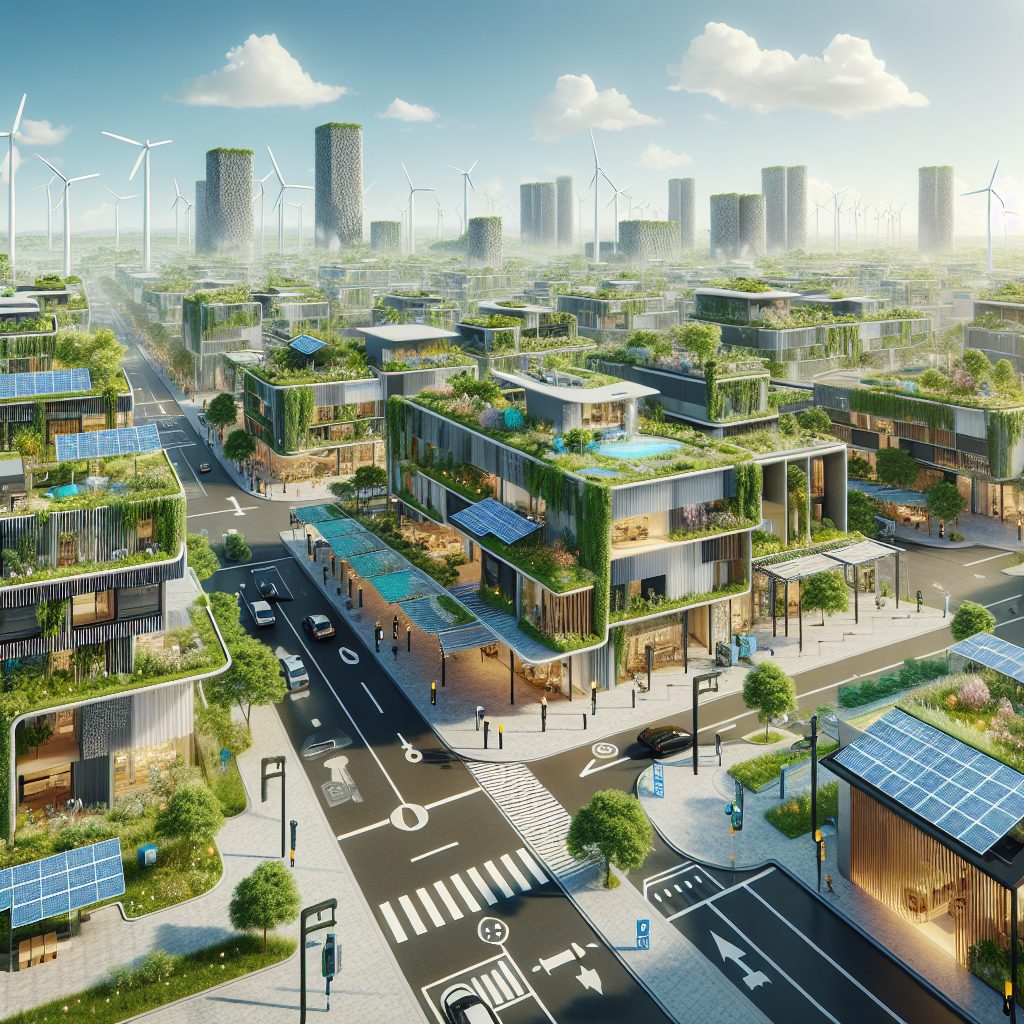
Net-Zero Carbon Buildings
Net-Zero Carbon Buildings are structures built with sustainability and efficiency in the forefront of the design. All energy used in the buildings come from renewable resources, while all the emissions produced by the energy in the structure are absorbed or canceled out, ensuring the building has a balanced energy exchange.…

Carbon Footprint in the Fashion Industry
The fashion industry has become one of the biggest producers of wasted resources on the planet. Every year, billions of garments, shoes, and accessories are produced and discarded after a single season of wear. Every step of the fashion supply chain from growing or manufacturing the fibers, to the production…

Carbon Footprint and Sustainable Choices
A carbon footprint is the total amount of greenhouse gases produced from activities such as burning fossil fuels, consumption of goods, and manufacturing. It is generally expressed in terms of the equivalent amount of carbon dioxide released into the atmosphere. Sustainable choices are those actions that reduce, reuse, or replace…
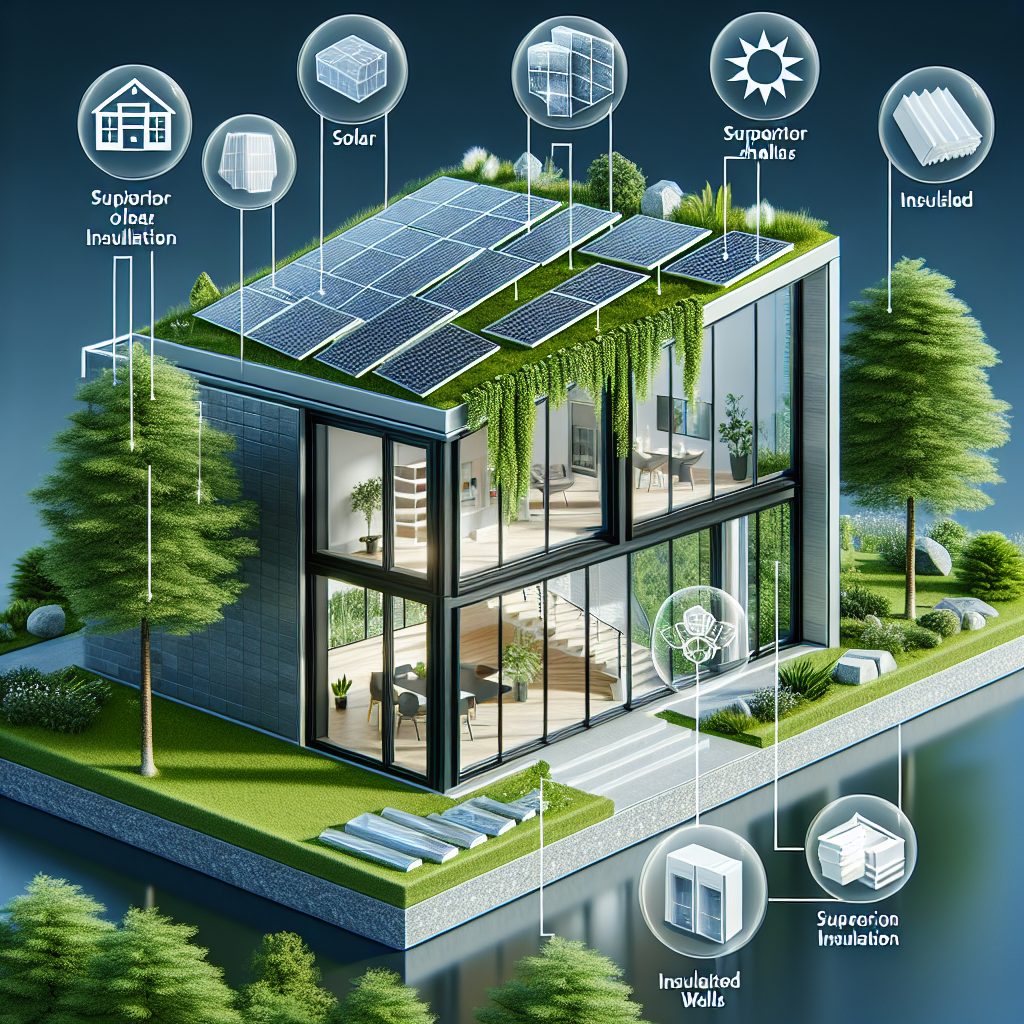
Energy-Efficient Construction
Energy-efficient construction is a growing trend in the construction industry. Its aim is to reduce the energy used in buildings, making them more efficient and more friendly to the environment. This type of construction requires materials and methods which reduce or minimize energy loss. Examples include using insulation to keep…
Carbon Footprint and Consumer Responsibility
A Carbon Footprint is a measure of the total amount of greenhouse gases produced by an individual, organization or product. It measures the impact they have on the environment. When a person, business, or product produces more emissions than is absorbed by the environment, the result is a net-positive carbon…

The Future of Carbon Footprint Reduction
As the effects of environmental degradation from human-made carbon emissions start to become more and more evident, the need to reduce our carbon footprint is increasingly relevant. The global challenges we are facing today range from global warming to ocean acidification and make it necessary to face the issue of…
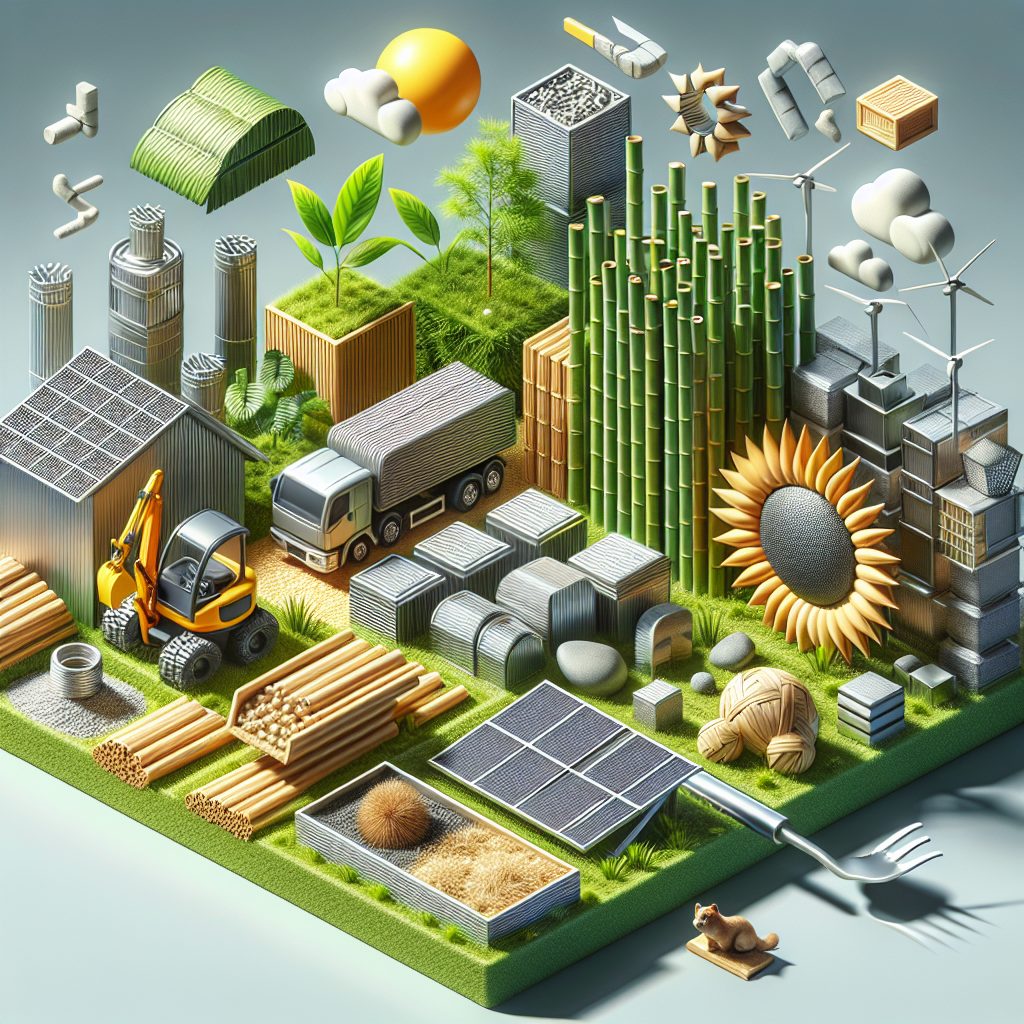
Eco-Friendly Building Materials
A sustainable and eco-friendly environment is our collective responsibility, and this is clearly seen through the growing usage of eco-friendly building materials. Eco-friendly building materials are materials that have been specifically designed and manufactured to ensure minimal damage to the environment. Such materials are made from sustainable sources, which allow…
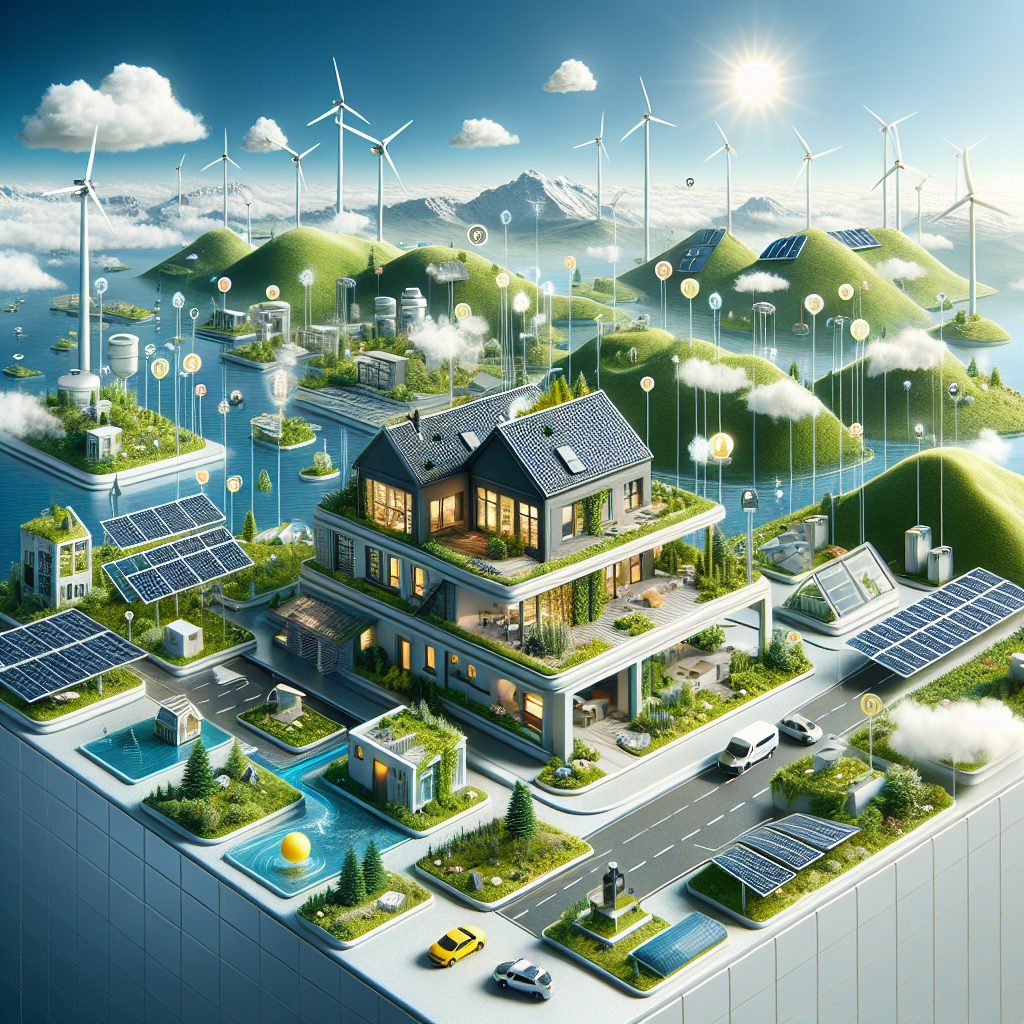
LEED Certification
LEED (Leadership in Energy and Environmental Design) Certification is a globally recognized benchmark for the design, construction, operation and maintenance of green buildings. It is a voluntary program that provides builders, contractors and designers with guidelines for the efficient use of energy, water and materials in the construction of green…

Carbon Footprint Awareness Campaigns
Climate change is a constant threat to our environment, and it is an issue that has to be addressed worldwide. One of the ways to contribute to the fight against global warming is by actively participating in Carbon Footprint Awareness Campaigns. A Carbon Footprint is the amount of greenhouse gas…
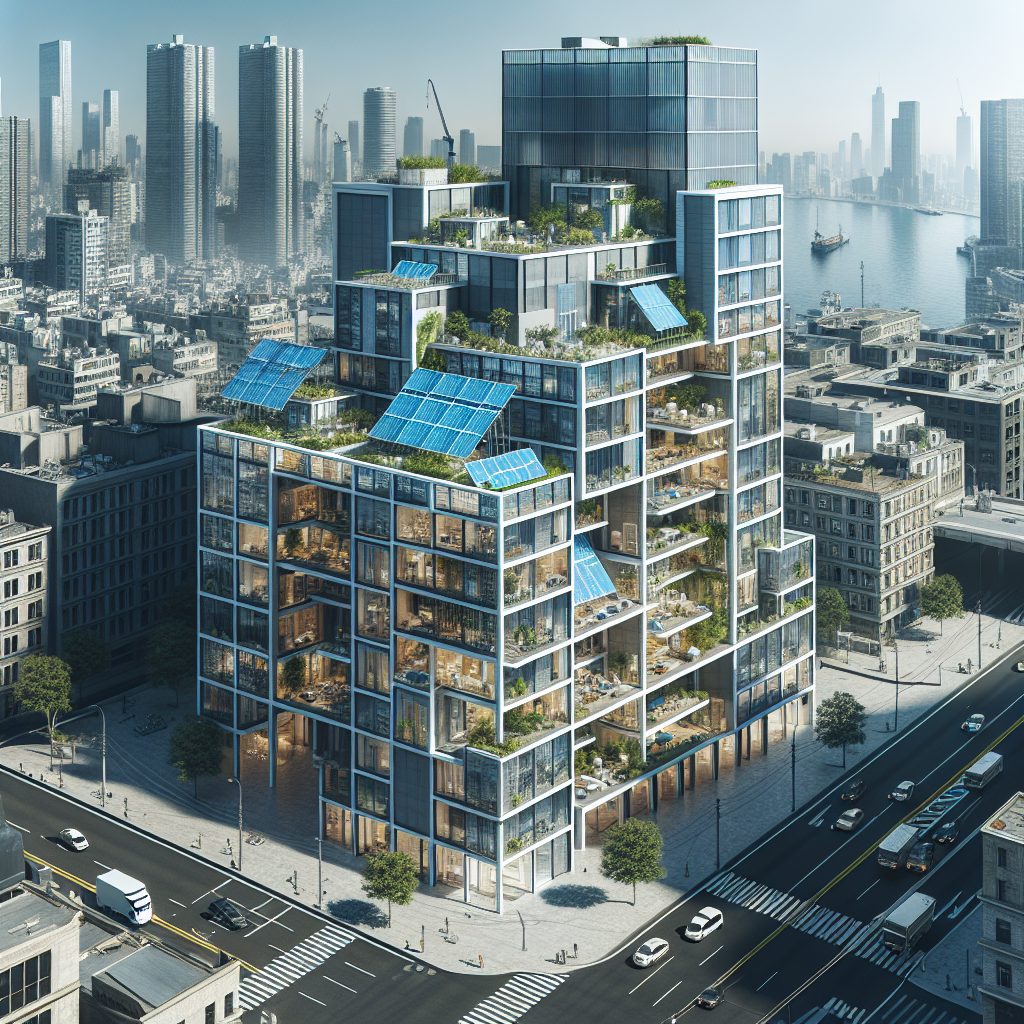
Zero-Energy Buildings
Zero Energy Buildings (ZEB) are structures that during a year can create enough renewable energy through solar, wind, geothermal, and other sources, to meet their own annual energy consumption requirements. These sustainable structures are constructed with energy-saving technologies with a great emphasis on energy efficiency and utilization of renewable energy…
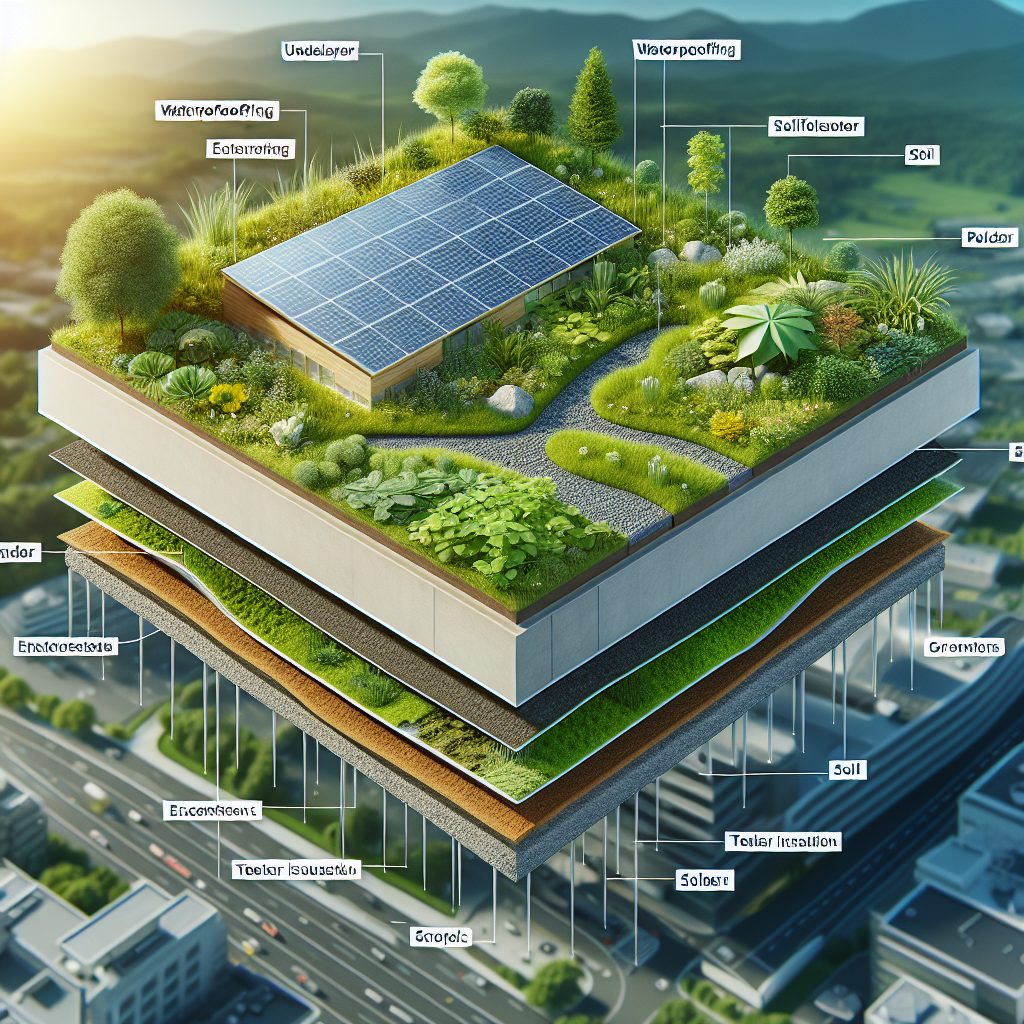
Green Roof Design
Green roof design has become an increasingly popular concept in the modern world of architecture. This type of roof involves using vegetation like grass or shrubs to cover part or all of the roof of a building. In addition to providing aesthetically pleasing appearance, a green roof can also provide…
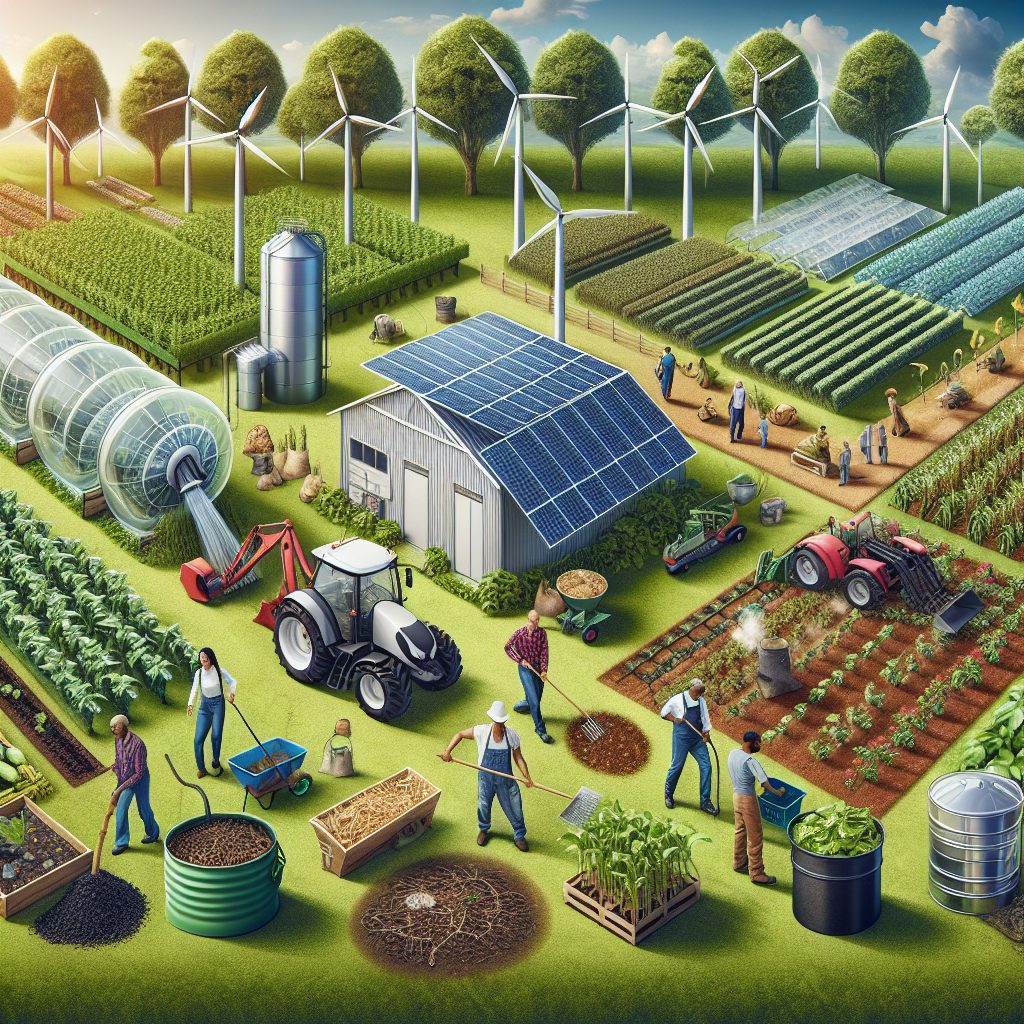
Carbon Footprint Reduction in Agriculture
Agriculture is an essential factor in humanexistence. As the demand for food supplies grows with the expanding population, so too does environmental concern over the carbon footprints resulting from agricultural production. Carbon footprint reduction in agriculture refers to activities and measures taken to reduce or offset the greenhouse gases resulting…

Green Building Codes and Standards
Green building codes and standards are a set of regulations which promote constructive and functional outcomes in the construction of green buildings. Those outcomes may range from improving sustainable development and emissions to energy efficiency and resource conservation. The implementation of these codes and standards typically involve building owners, governments,…

Smart Green Buildings
Smart green buildings are becoming increasingly popular in the building industry today, as sustainability becomes a top priority for homeowners and businesses alike. Smart green buildings are designed with environmentally friendly materials and systems in mind, helping to reduce energy and water consumption, and reduce their impact on the environment.…
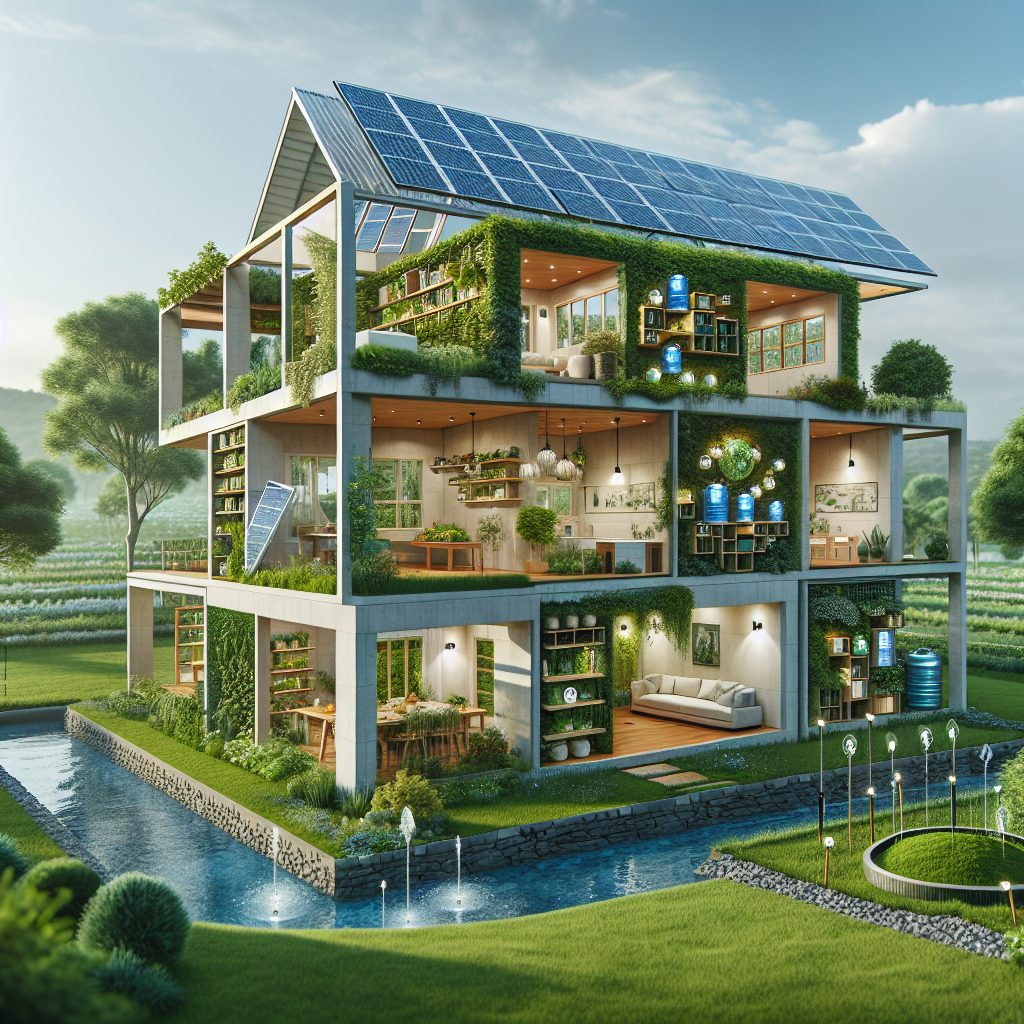
Cost-Effective Green Building Practices
Green building practices are defined as the use of strategies to create energy and resource efficient structures. These practices ensure that the building is environment-friendly and cost-effective to construct and maintain. Building owners, architects, engineers, and planners have been increasingly exploring and using green building methods to improve design and…

Green Buildings and Biodiversity
Green Buildings and Biodiversity have become commonplace in the modern world as our consumer choices have become more aligned with a sustainability focus. Green Buildings, often referred to as energy efficient buildings, are designed to reduce the overall environmental impact of using that structure. This type of construction often utilizes…

Green Building Innovations
The concept of green building innovations is gaining popularity in the modern construction industry and changing the way buildings are designed and constructed. It is an approach that emphasizes the use of environmentally friendly building materials and technologies to reduce the negative impacts construction projects have on the environment. Green…
